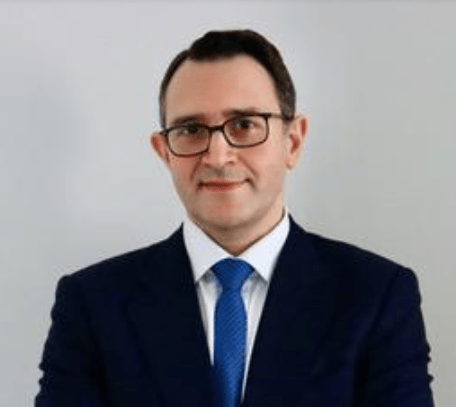
Should I have a ‘Valve in Valve’ or ‘Valve in Ring’ Procedure?
Although we normally suggest repeat open heart surgery, this may not be appropriate for some patients, where the risk of surgery may be too high. We will usually first ask a surgeon to replace the valve, but if this is thought to be too risky, a valve in valve/ring procedure may be an alternative option. Whether or not the procedure can be undertaken will depend on a number of factors and you will need further assessment before we can be sure. We would normally ask for a dedicated CT scan of your heart and a transoesophageal echo scan (TOE) to be certain that the procedure can be undertaken safely.

How does it work?
A valve in valve or ring procedure is carried out under general anaesthetic and is guided by both XRAY and TOE scan throughout. It involves inserting a tube (sheath) into the vein in the groin and then making an opening in the wall between the right and left atrium (transeptal puncture – we often use a small balloon to enable the new valve to pass through). The new valve is mounted on a balloon and a stiff wire and is advanced from the right to the left atrium. Once in the left atrium, the new valve is steered down to the existing valve or ring and the balloon inflated once in place. The new valve is anchored in place within the old valve or ring and will function immediately.

What are the risks?
The risks of the procedure depends on a number factors, including your age and other medical problems. Generally, these procedures are performed at approximately a 2-3% risk of major complication. The risks tend to be higher in valve in ring procedures, where there is a slightly greater chance of leaving leak outside of the new valve (paravalvular leak) or of the new valve moving (embolisation). These risks are minimised by careful planning and selection of the ideal sized new valve. The risks of your procedure will be very carefully explained to you beforehand.





